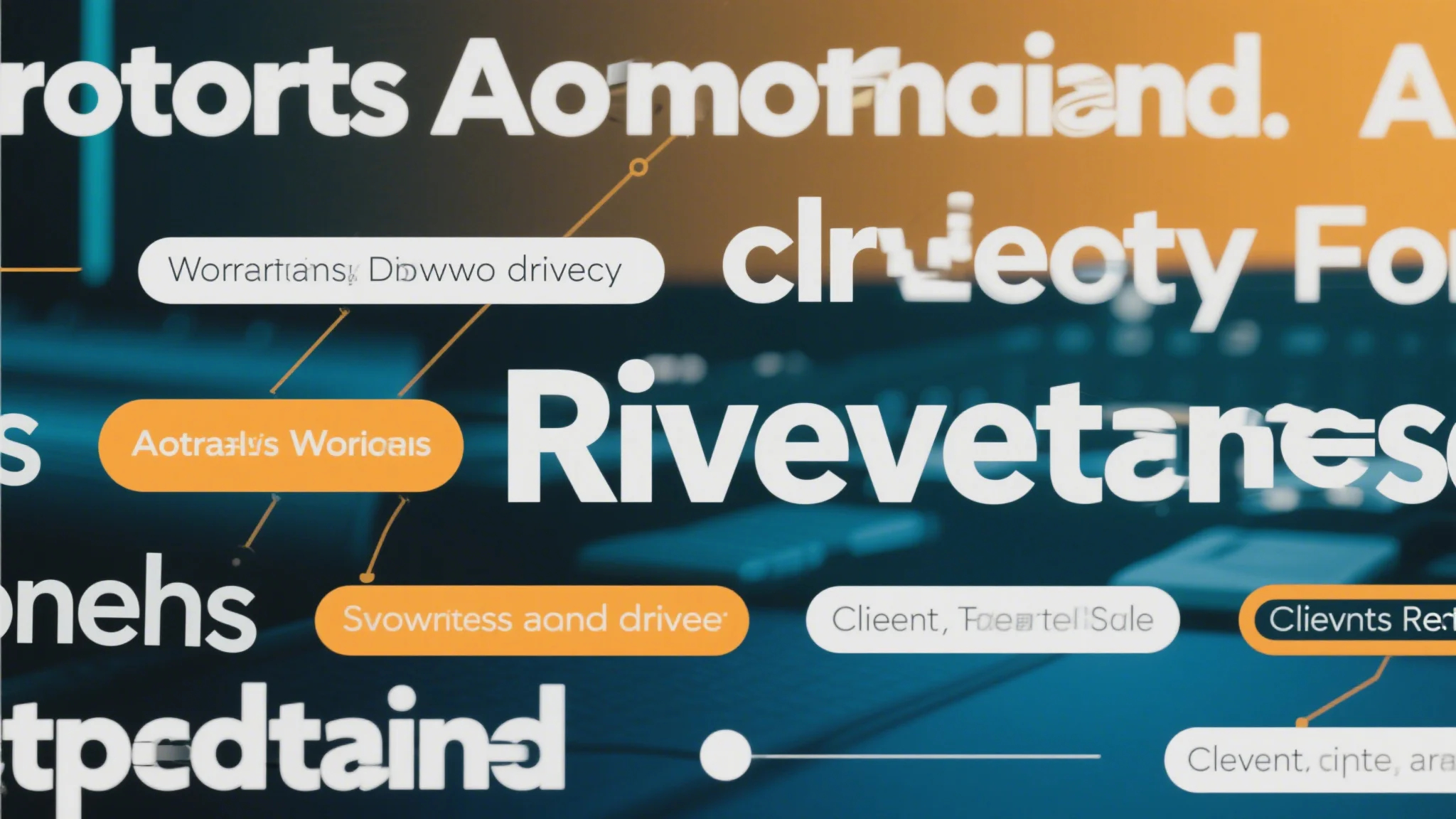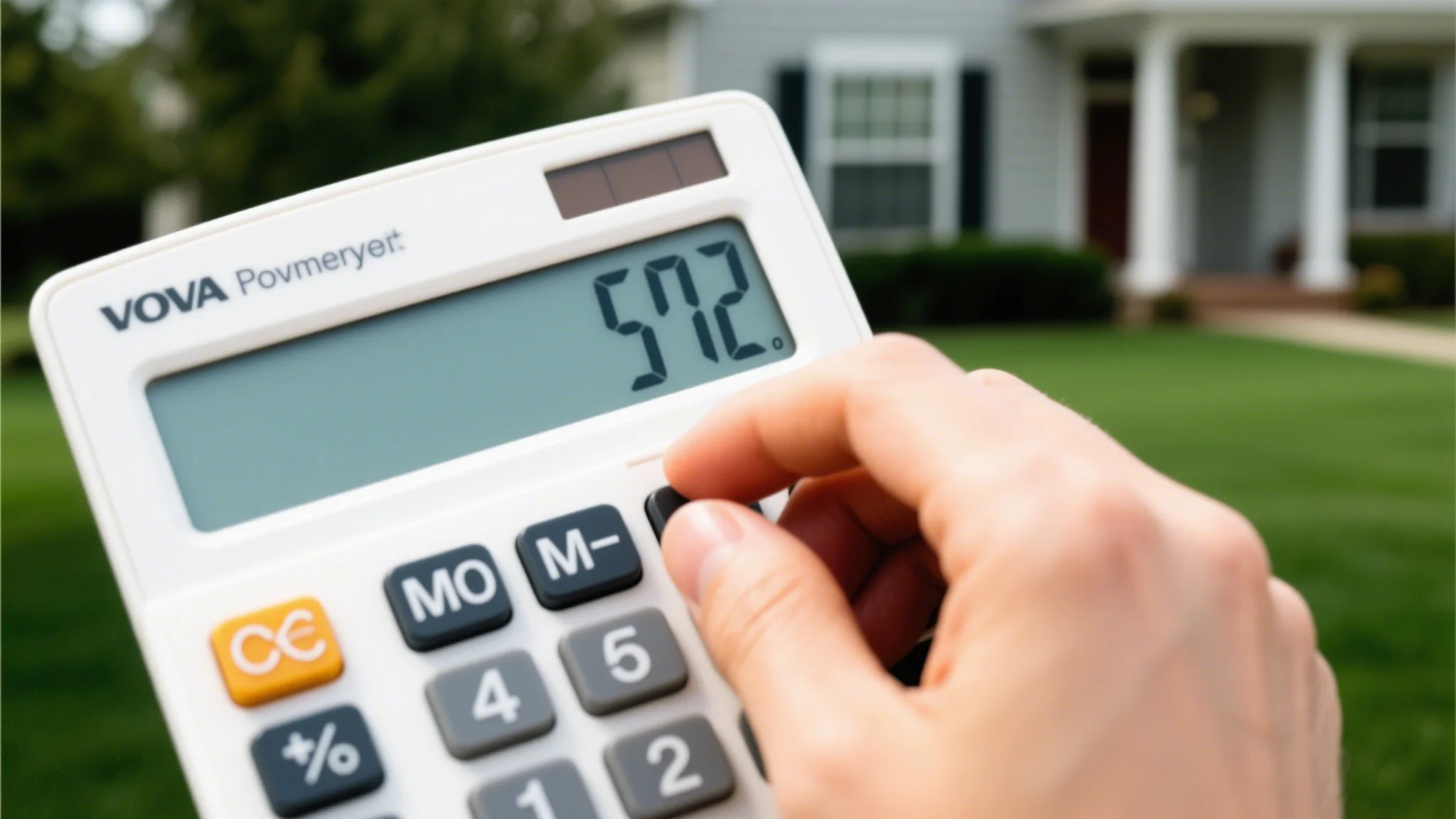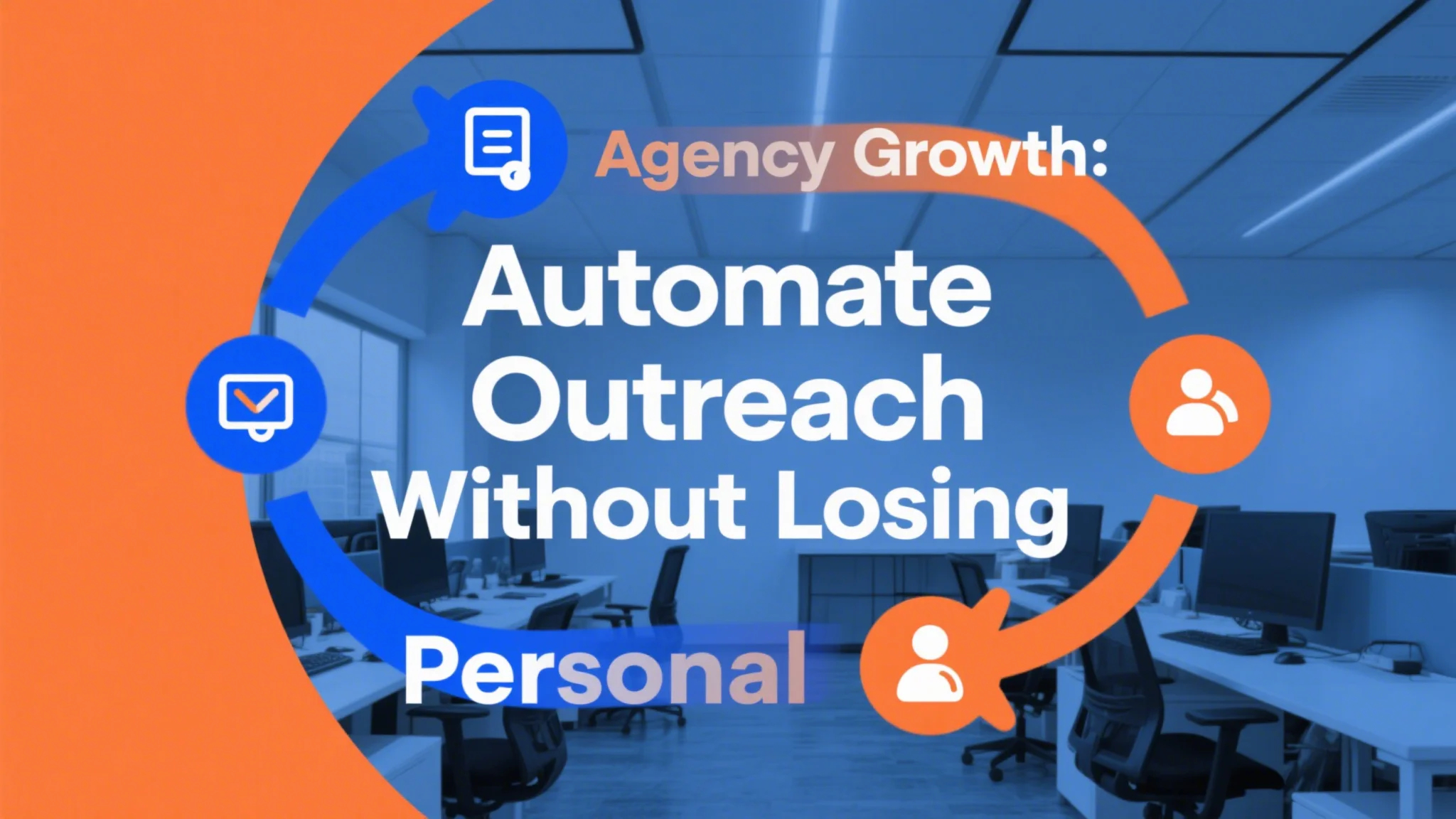In today’s digital landscape, marketing automation has become an indispensable tool for agencies aiming to deliver scalable, efficient, and impactful campaigns. However, without the right key performance indicators (KPIs), it’s challenging to measure the effectiveness of these automated efforts. Agencies must track the right metrics to ensure they are on the right path to achieving their goals and delivering value to their clients.

When it comes to marketing automation, the focus is often on the technology itself—setting up workflows, creating campaigns, and optimizing sequences. However, the true value lies in how well these efforts translate into tangible results. This is where KPIs come into play. By monitoring the right metrics, agencies can assess the performance of their automation strategies, identify areas for improvement, and ultimately drive better outcomes for their clients.
So, which KPIs should agencies prioritize when it comes to marketing automation? Let’s break it down into key categories.
1. Campaign Performance Metrics
The first set of KPIs agencies should track revolves around the performance of their marketing campaigns. These metrics provide insights into how well automated campaigns are resonating with the target audience and driving the desired actions.
Click-Through Rate (CTR): CTR is a critical metric for evaluating the effectiveness of email campaigns, social media posts, and other automated content. A high CTR indicates that the content is engaging and relevant to the audience.
Conversion Rate: This measures the percentage of visitors or leads who take a desired action, such as filling out a form, making a purchase, or downloading a resource. A high conversion rate suggests that the campaign is effectively guiding prospects through the sales funnel.
Lead Generation: Tracking the number of leads generated through automated campaigns is essential for assessing their effectiveness. Agencies should also consider the quality of leads, as automation can sometimes generate low-quality leads if not properly optimized.
Bounce Rate: A high bounce rate in automated emails or landing pages could indicate that the content is not resonating with the audience or that the user experience is lacking.
By monitoring these metrics, agencies can refine their campaign strategies, improve content relevance, and enhance user engagement.
2. Customer Engagement Metrics
Marketing automation is all about personalization and delivering timely, relevant content to customers. Tracking customer engagement KPIs helps agencies measure how well they are connecting with their audience and building lasting relationships.
Open Rate: The percentage of recipients who open automated emails is a strong indicator of the subject line’s effectiveness and the overall appeal of the campaign. A high open rate suggests that the audience is interested in the content.
Unsubscribe Rate: While a certain level of unsubscribes is expected, a high unsubscribe rate could signal that the content is not resonating with the audience or that the frequency of emails is too high.
Social Media Engagement: Metrics such as likes, shares, comments, and followers provide insights into how well automated social media posts are performing. High engagement indicates that the content is resonating with the audience.
Customer Lifetime Value (CLV): This metric measures the total revenue a customer is expected to generate over their lifetime. By tracking CLV, agencies can assess the long-term value of their automated campaigns and identify opportunities for upselling or cross-selling.
Focusing on these engagement metrics allows agencies to create more personalized and impactful campaigns, ultimately fostering stronger customer relationships and driving loyalty.
3. Operational Efficiency Metrics
Marketing automation is designed to streamline operations and save time, but agencies must also track operational efficiency KPIs to ensure they are maximizing the benefits of this technology.
Automation Efficiency: This metric measures how effectively automation is reducing manual tasks and improving workflow efficiency. Agencies should track the time saved by automation and assess whether it aligns with their overall business goals.
Time-to-Qualification: By monitoring how quickly leads are qualified through automated workflows, agencies can identify bottlenecks and optimize their lead nurturing processes.
Client Acquisition Cost (CAC): Tracking the cost of acquiring new clients through automated campaigns helps agencies evaluate the effectiveness of their marketing spend and identify areas for cost optimization.
By focusing on operational efficiency, agencies can ensure that their marketing automation efforts are not only effective but also cost-efficient and scalable.
4. ROI and Financial Metrics
Ultimately, the success of any marketing automation strategy boils down to its return on investment (ROI). Agencies must track financial metrics to assess the profitability of their automated campaigns and ensure they are delivering value to their clients.
Return on Ad Spend (ROAS): This metric measures the revenue generated for every dollar spent on advertising. A high ROAS indicates that the campaign is generating a strong return on investment.
Cost Per Lead (CPL): Tracking the cost of acquiring each lead through automated campaigns helps agencies evaluate the efficiency of their marketing spend. A lower CPL suggests that the campaign is cost-effective.
Revenue Growth: By monitoring the revenue generated from automated campaigns, agencies can assess the overall impact of their efforts on business growth.
Net Profit Margin: This metric measures the profitability of the agency’s automated campaigns after accounting for all expenses. A higher net profit margin indicates that the campaigns are generating strong financial returns.
Agencies should regularly analyze these financial metrics to refine their strategies, allocate resources more effectively, and maximize their ROI.
5. Customer Retention Metrics
Marketing automation is not just about acquiring new customers—it’s also about retaining existing ones. Tracking customer retention KPIs helps agencies measure the effectiveness of their automated efforts in building long-term customer relationships.
Customer Retention Rate: This metric measures the percentage of customers who continue to do business with the agency over time. A high retention rate indicates strong customer satisfaction and loyalty.
Churn Rate: The percentage of customers who stop doing business with the agency within a specific period. A high churn rate could signal issues with customer satisfaction or the effectiveness of retention strategies.
Average Order Value (AOV): By tracking the average amount spent per customer, agencies can assess the effectiveness of upselling and cross-selling strategies in automated campaigns.
Customer Satisfaction (CSAT) Score: This metric provides direct feedback on customer satisfaction with the agency’s services and products. High CSAT scores indicate that customers are happy with their experience.
Focusing on customer retention metrics allows agencies to identify opportunities for improvement, enhance customer satisfaction, and drive long-term business growth.
6. Content Performance Metrics
The success of marketing automation also depends on the quality and relevance of the content being delivered. Agencies should track content performance metrics to ensure their automated campaigns are resonating with the audience and driving the desired outcomes.
Content Engagement: Metrics such as views, downloads, and shares provide insights into how well the content is performing. High engagement indicates that the content is valuable and relevant to the audience.
Content Conversion Rate: This measures the percentage of content consumers who take a desired action, such as making a purchase or signing up for



